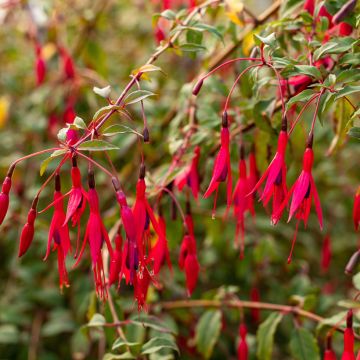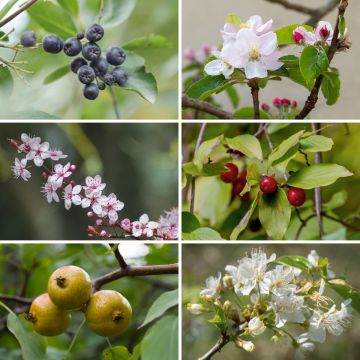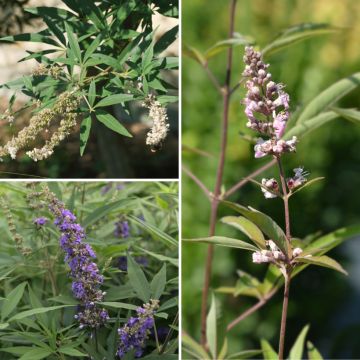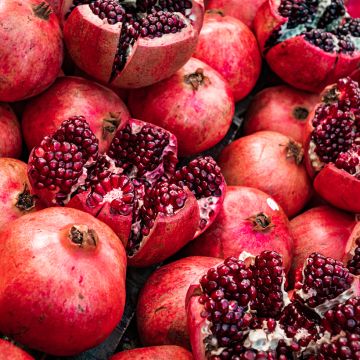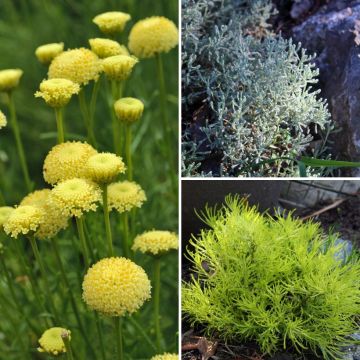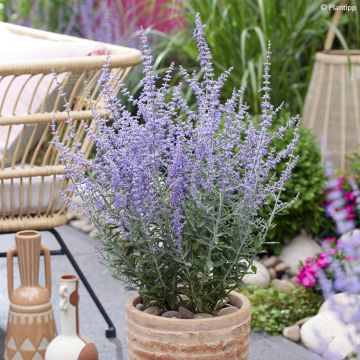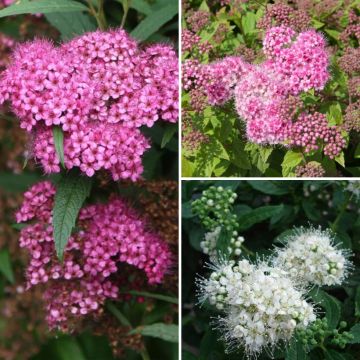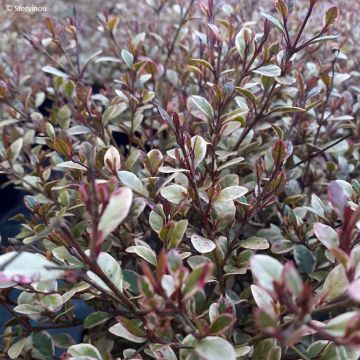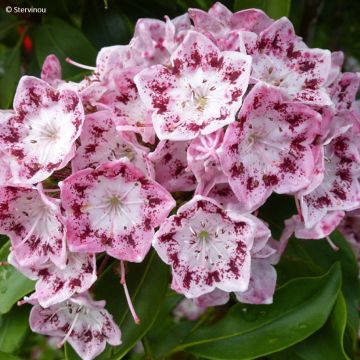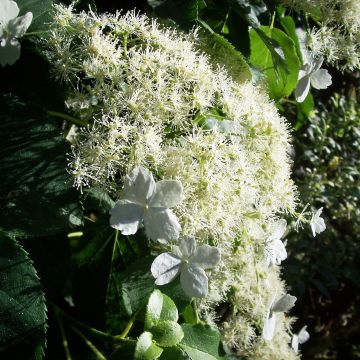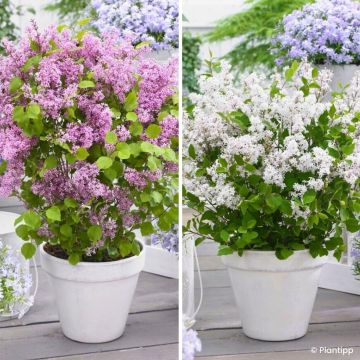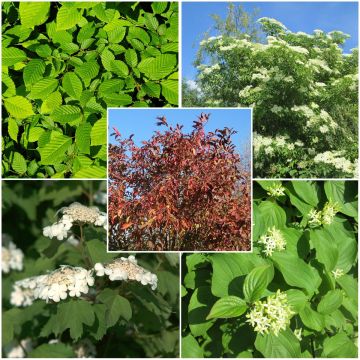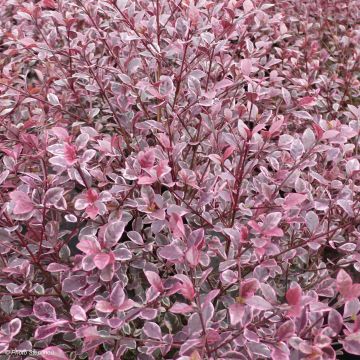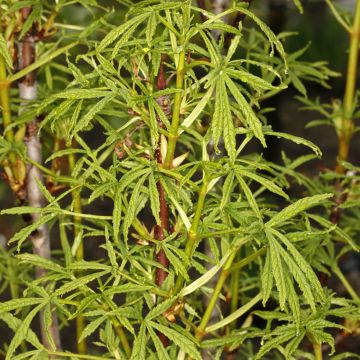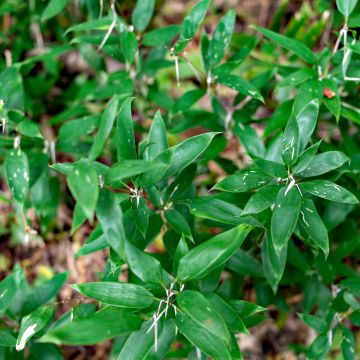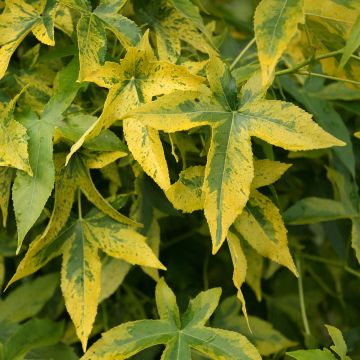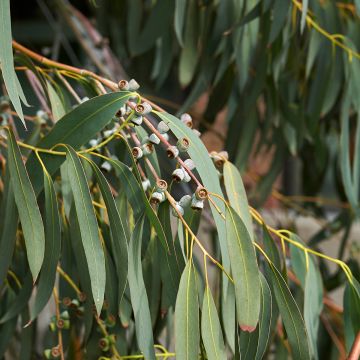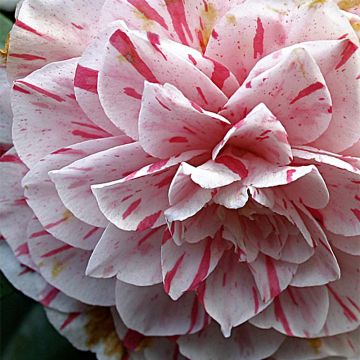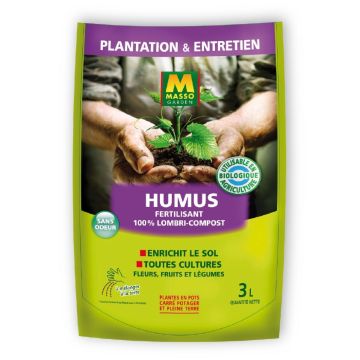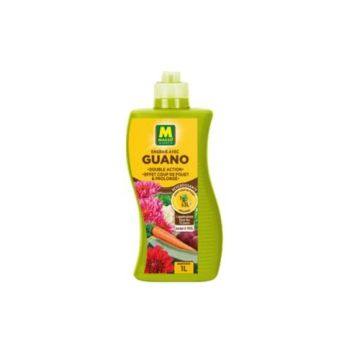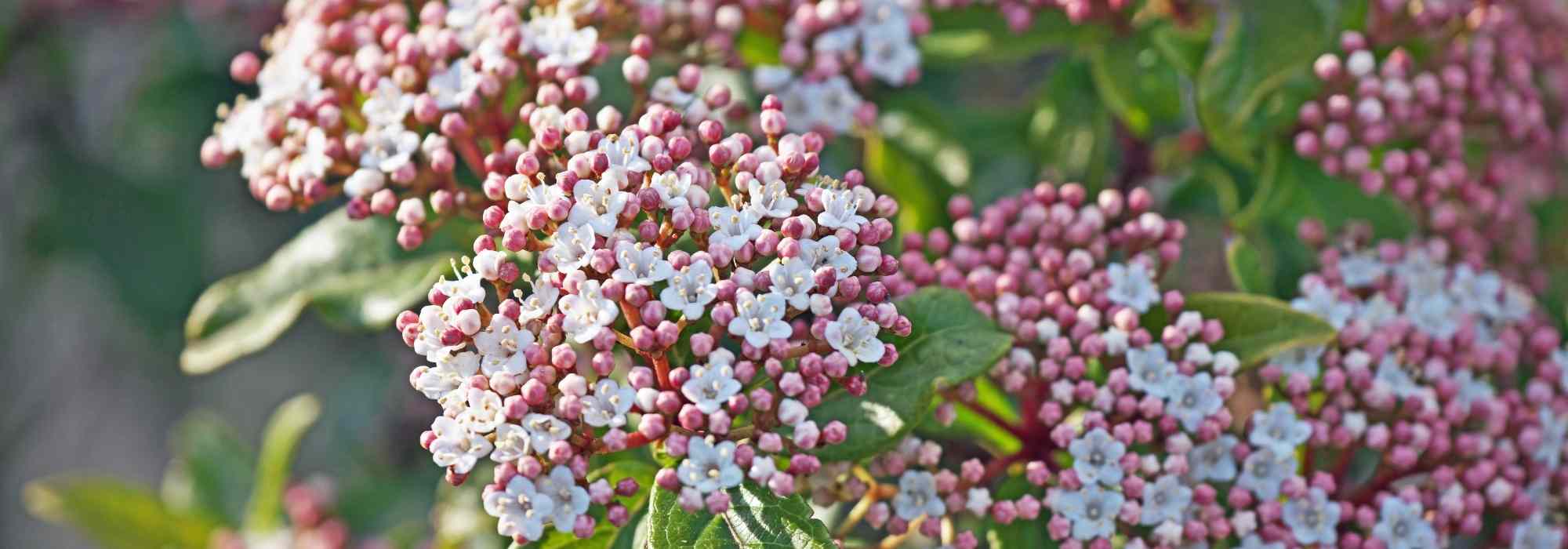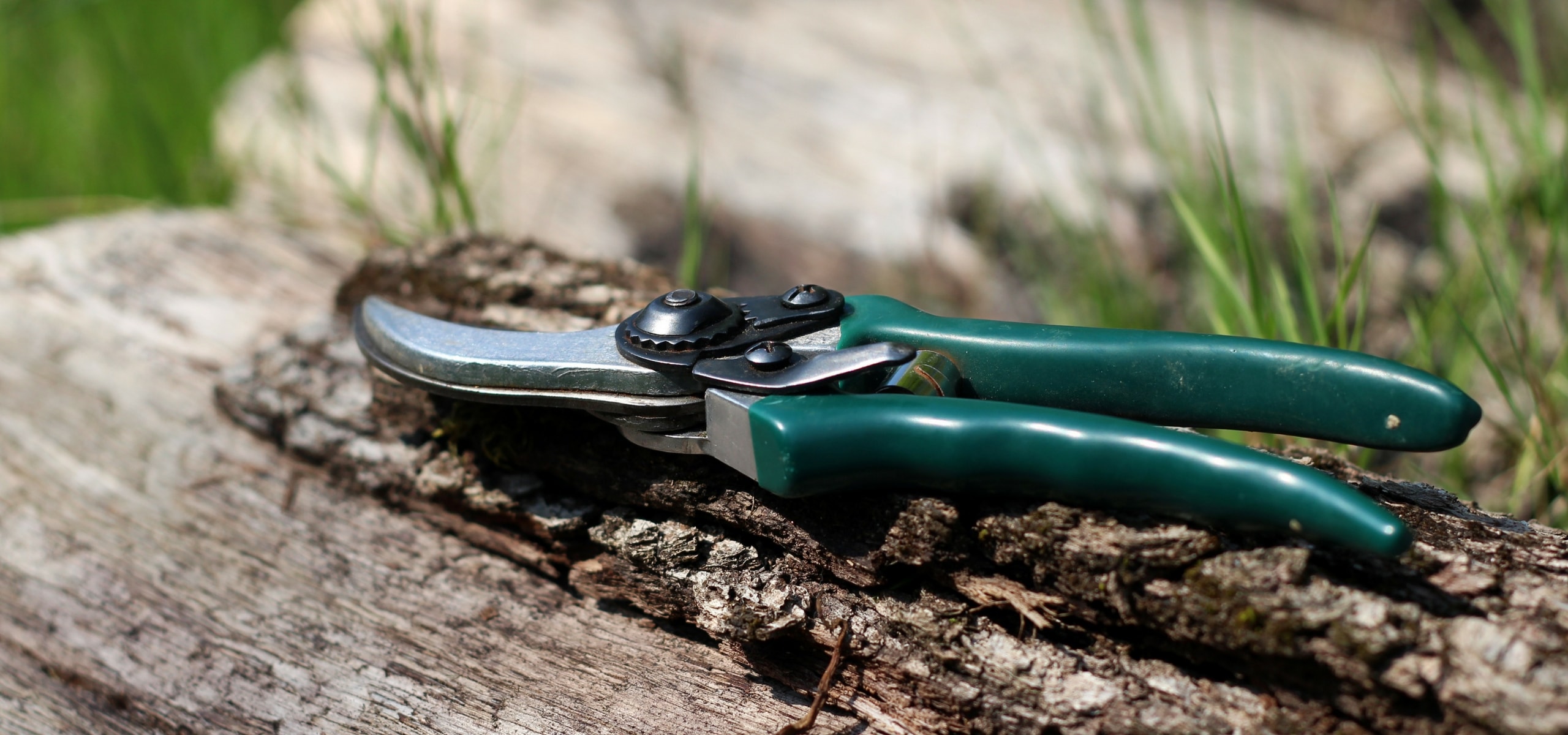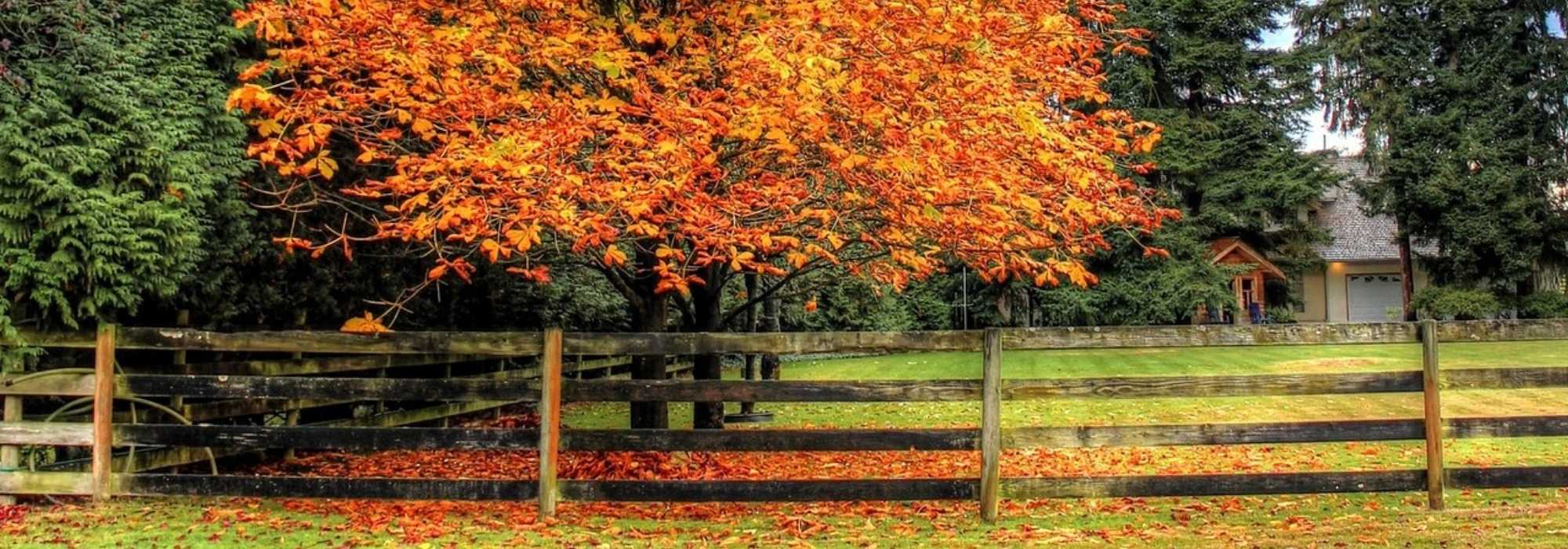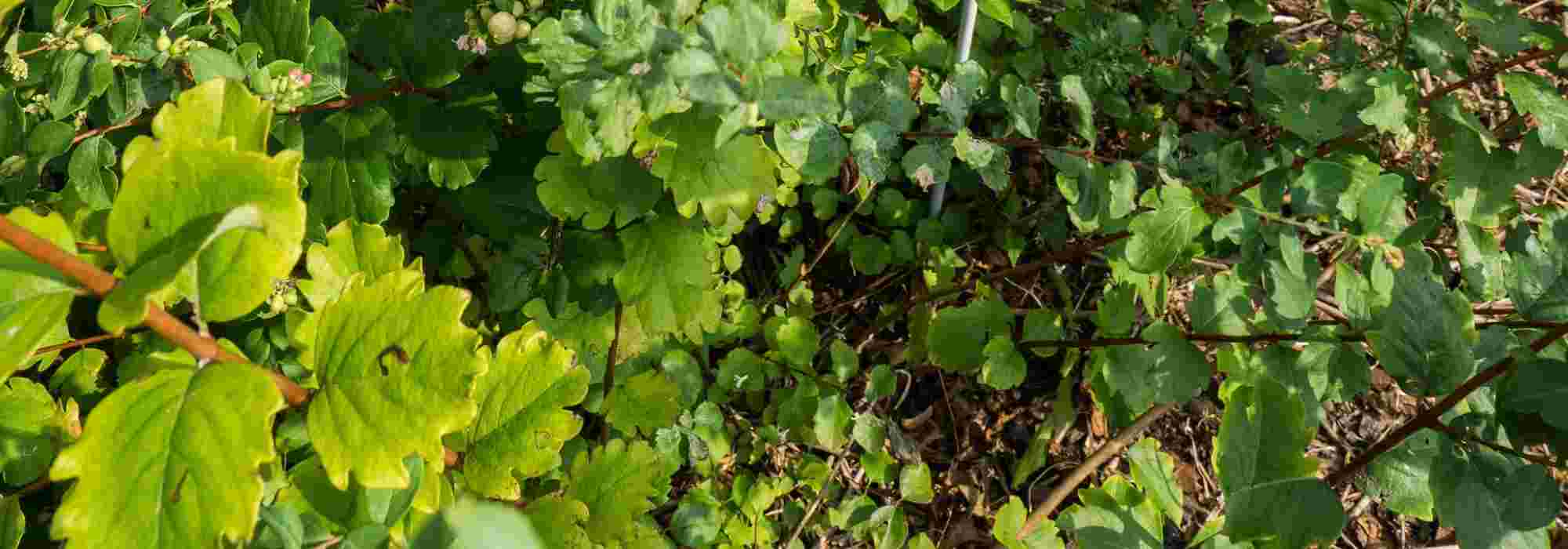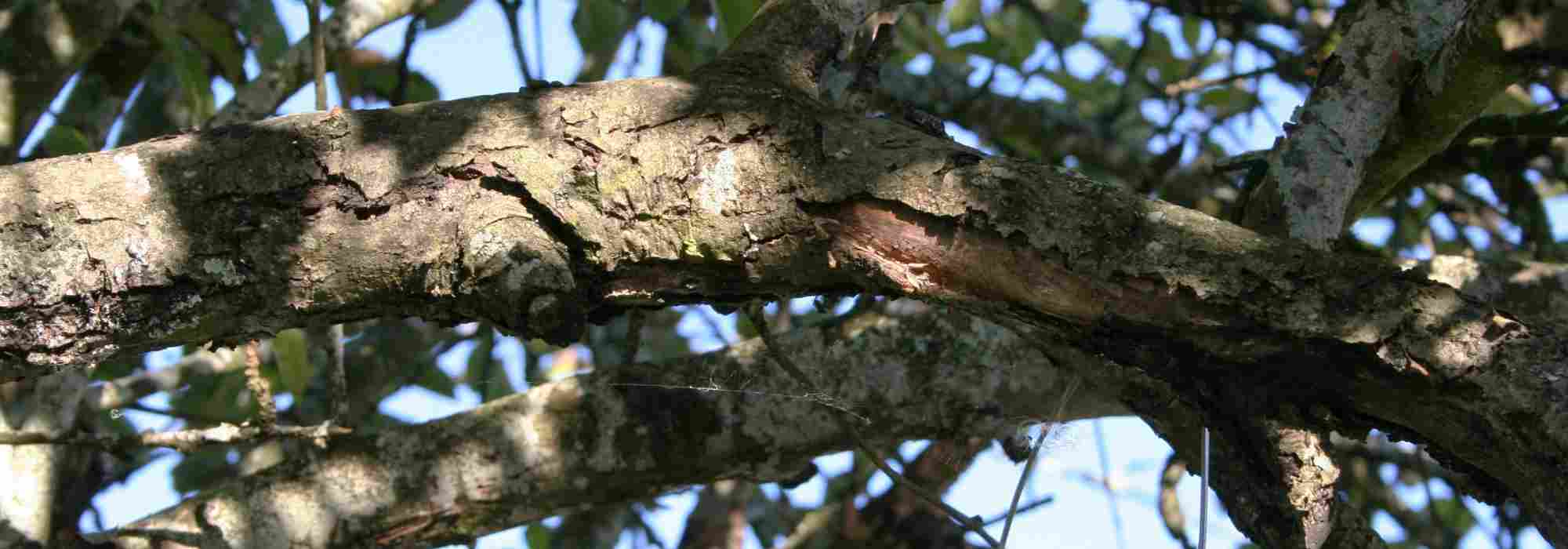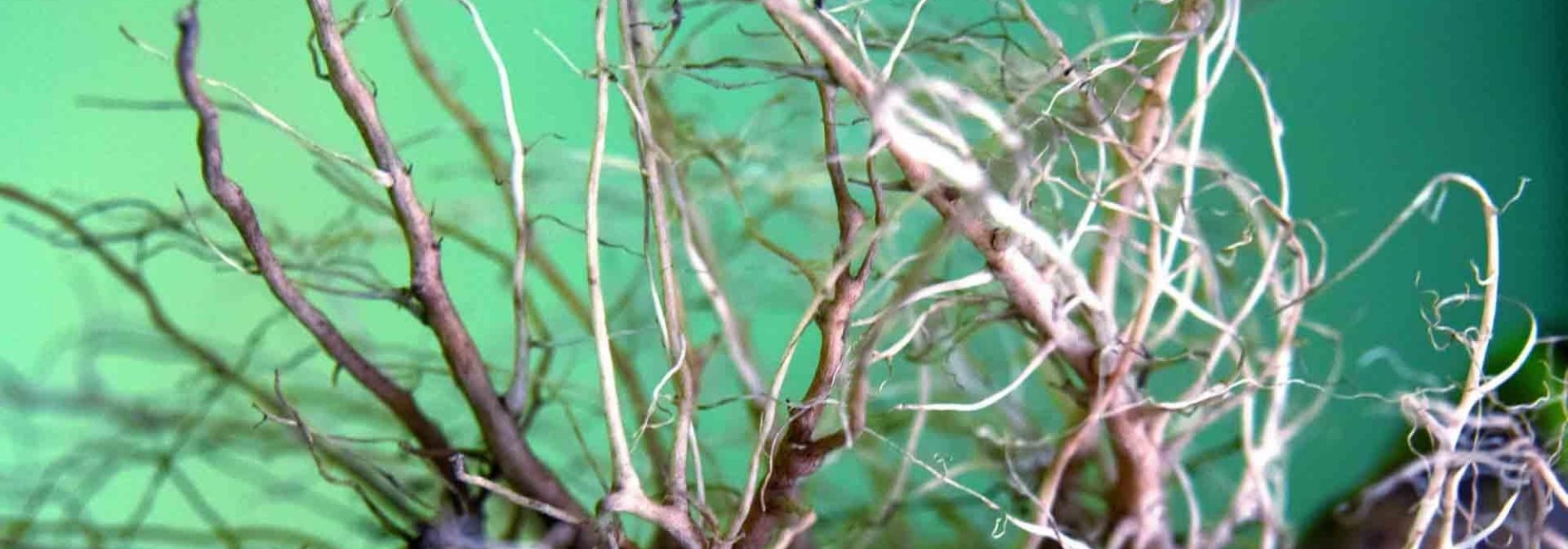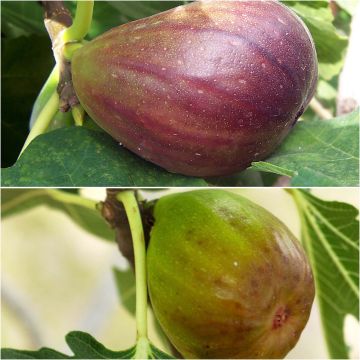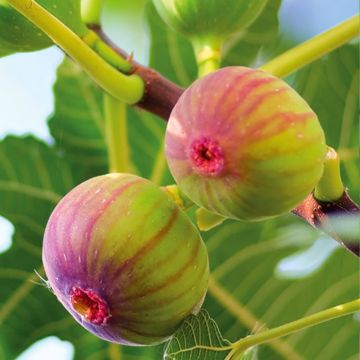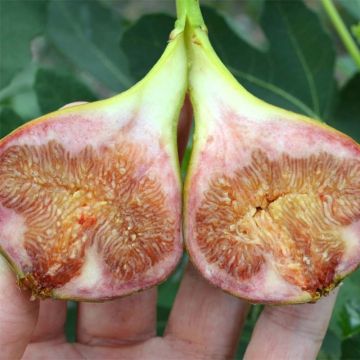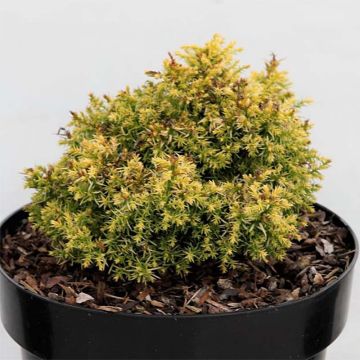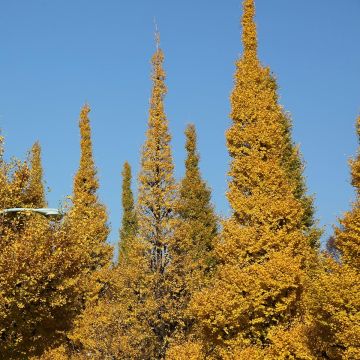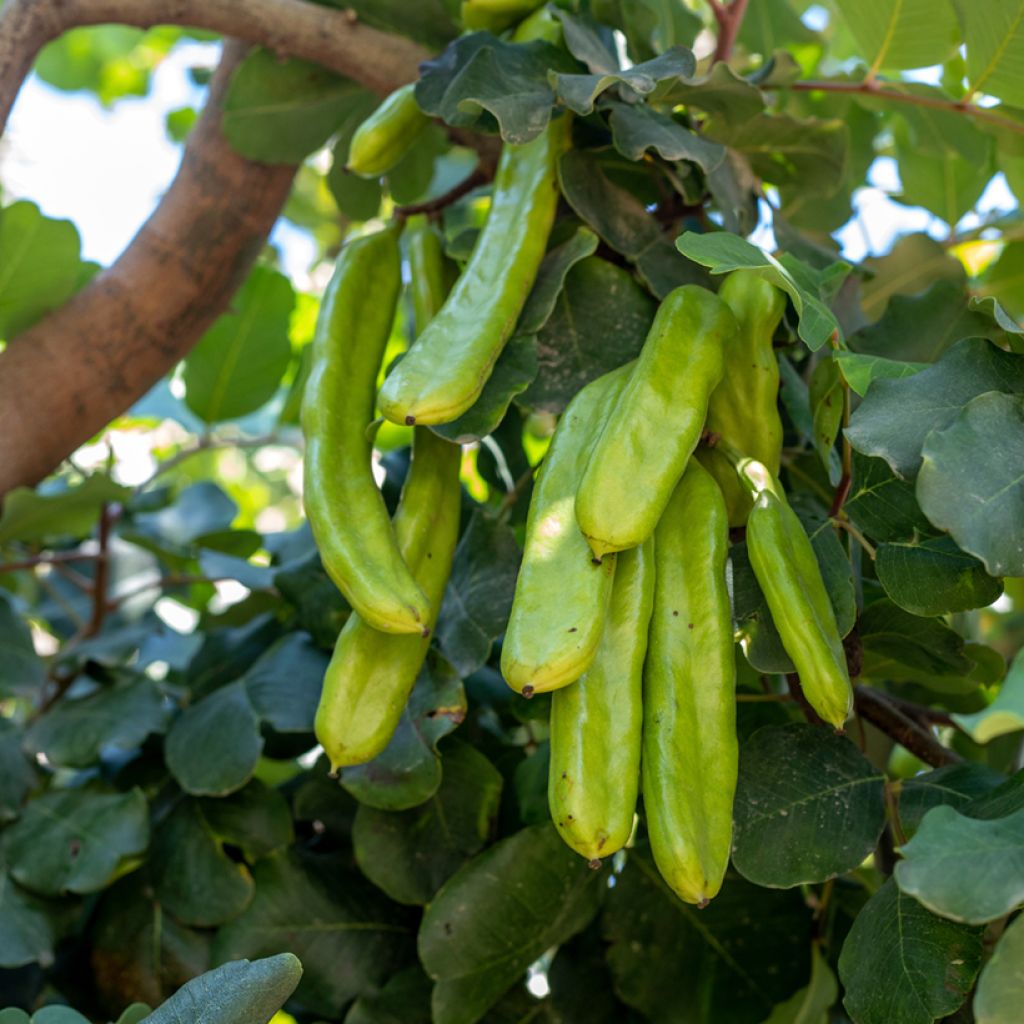

Ceratonia siliqua - Carob
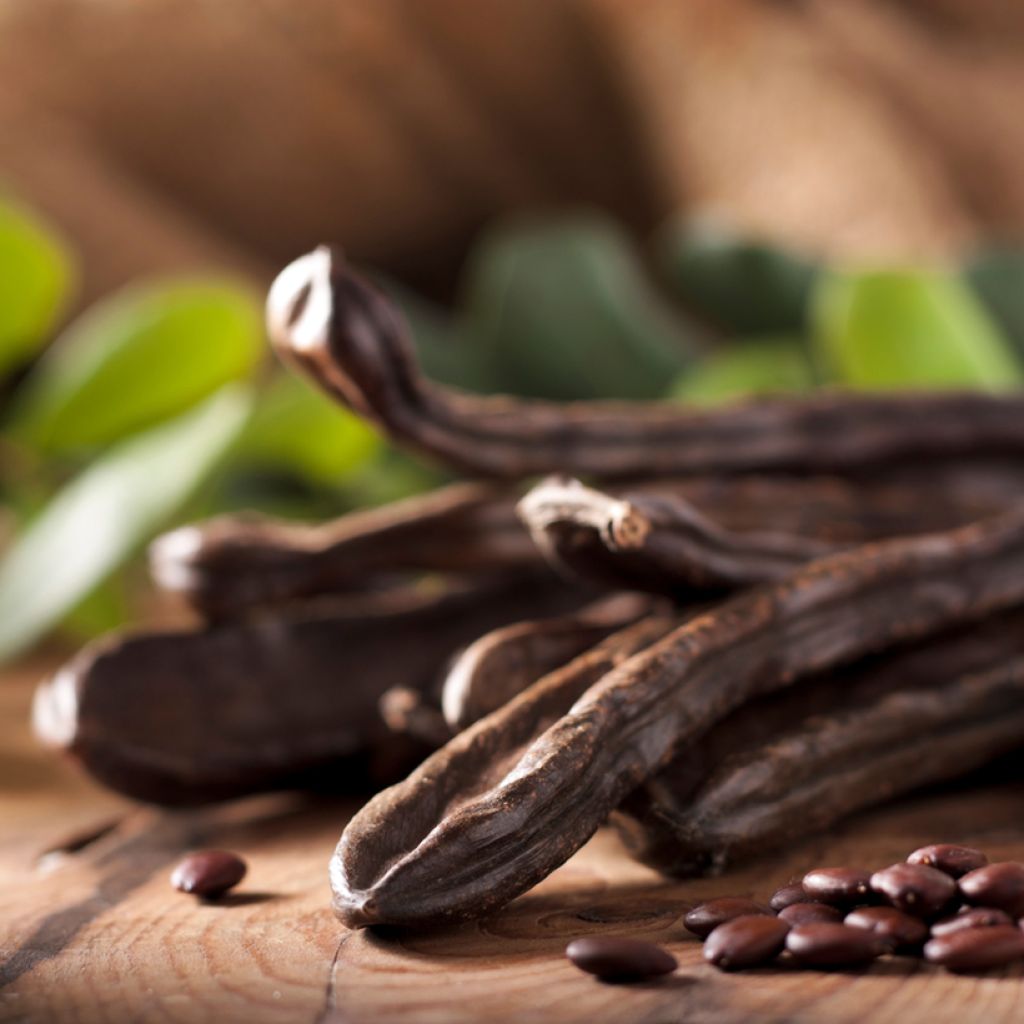

Ceratonia siliqua - Carob
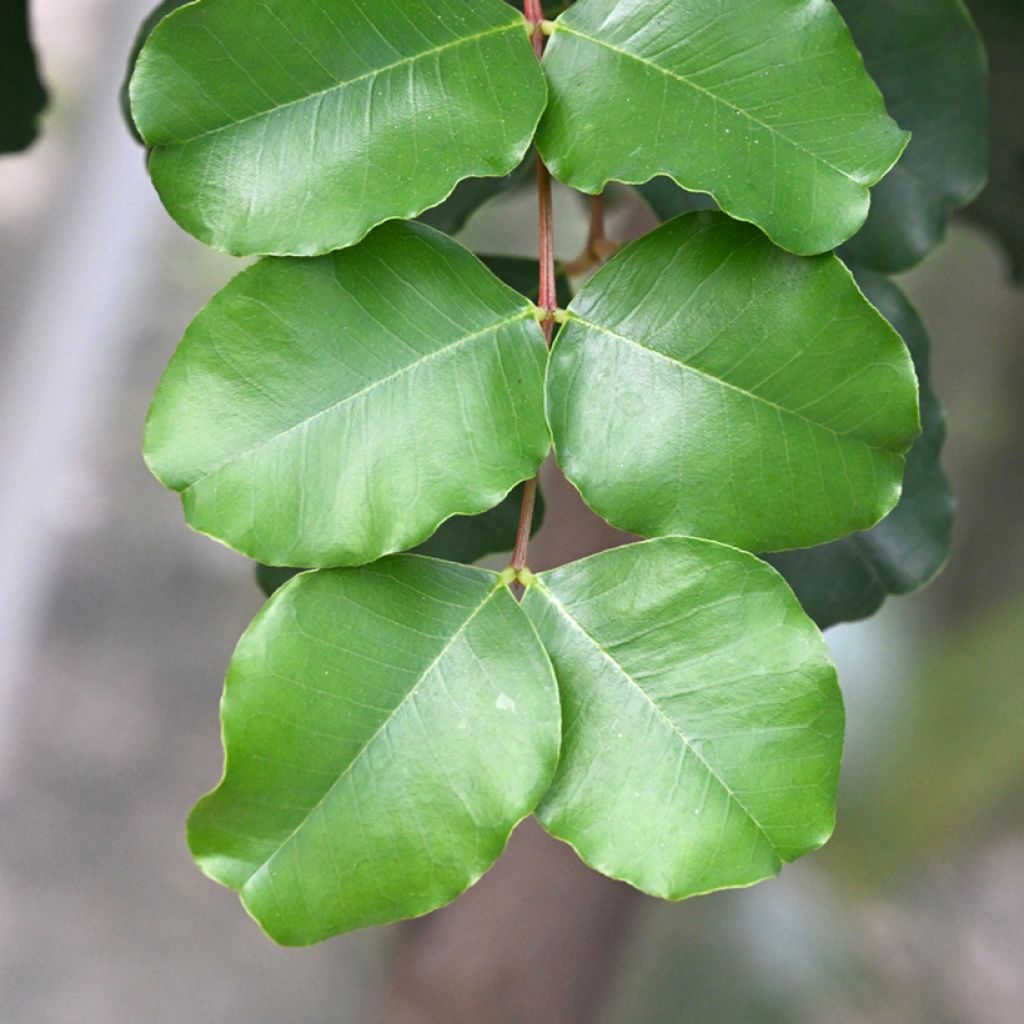

Ceratonia siliqua - Carob
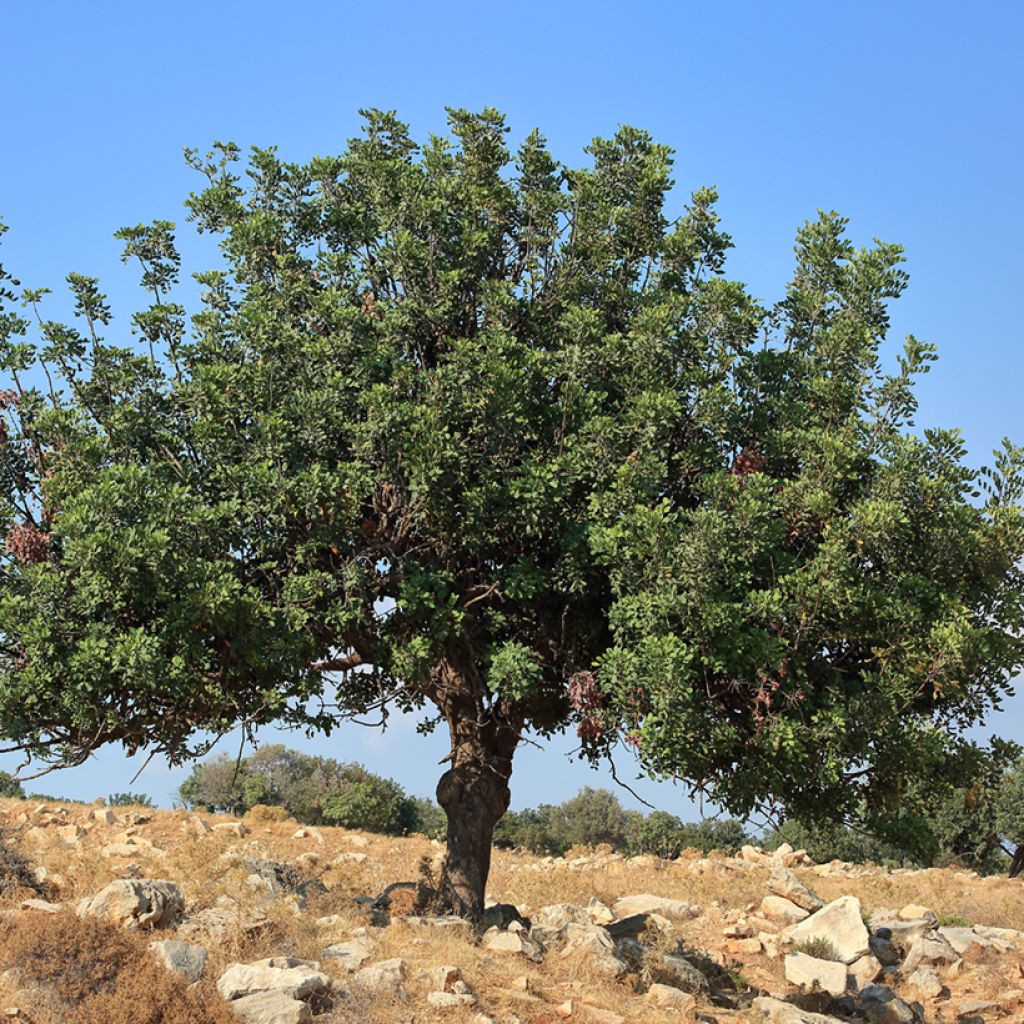

Ceratonia siliqua - Carob
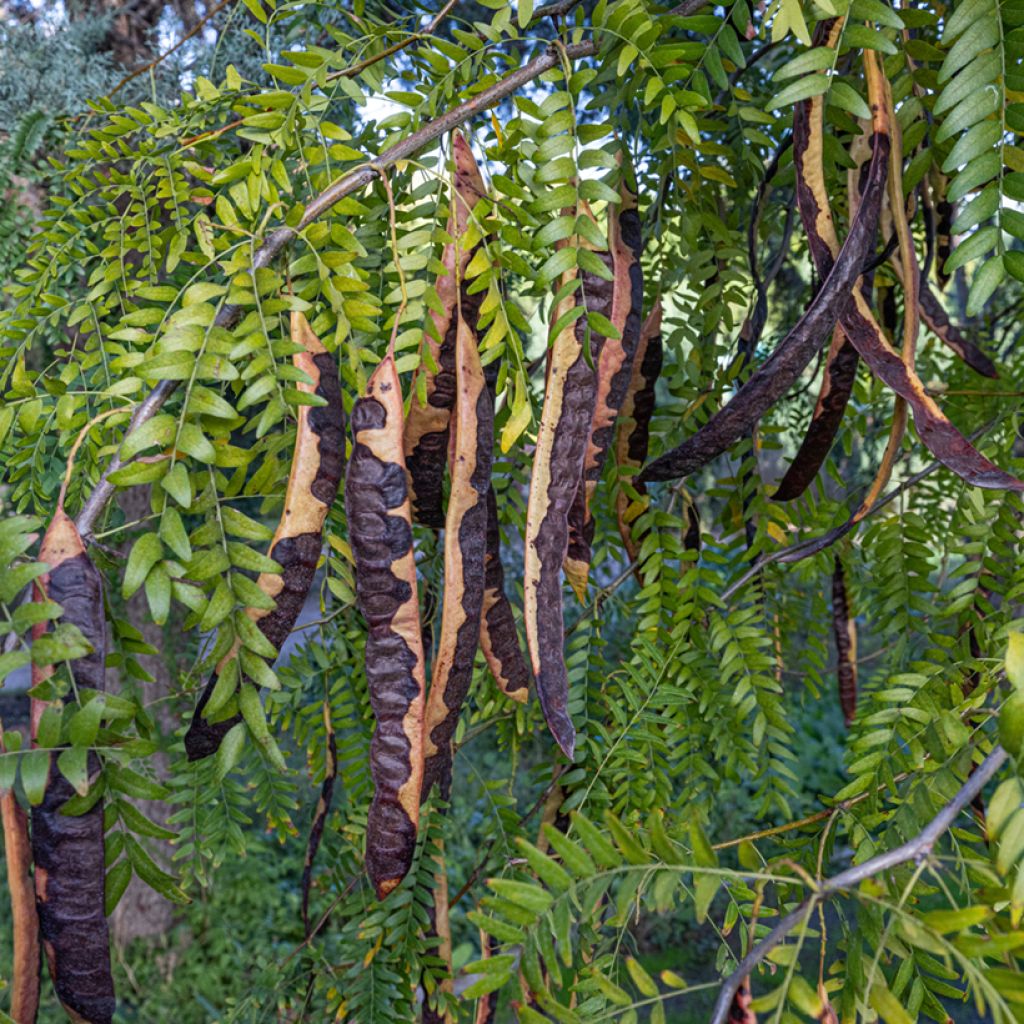

Ceratonia siliqua - Carob
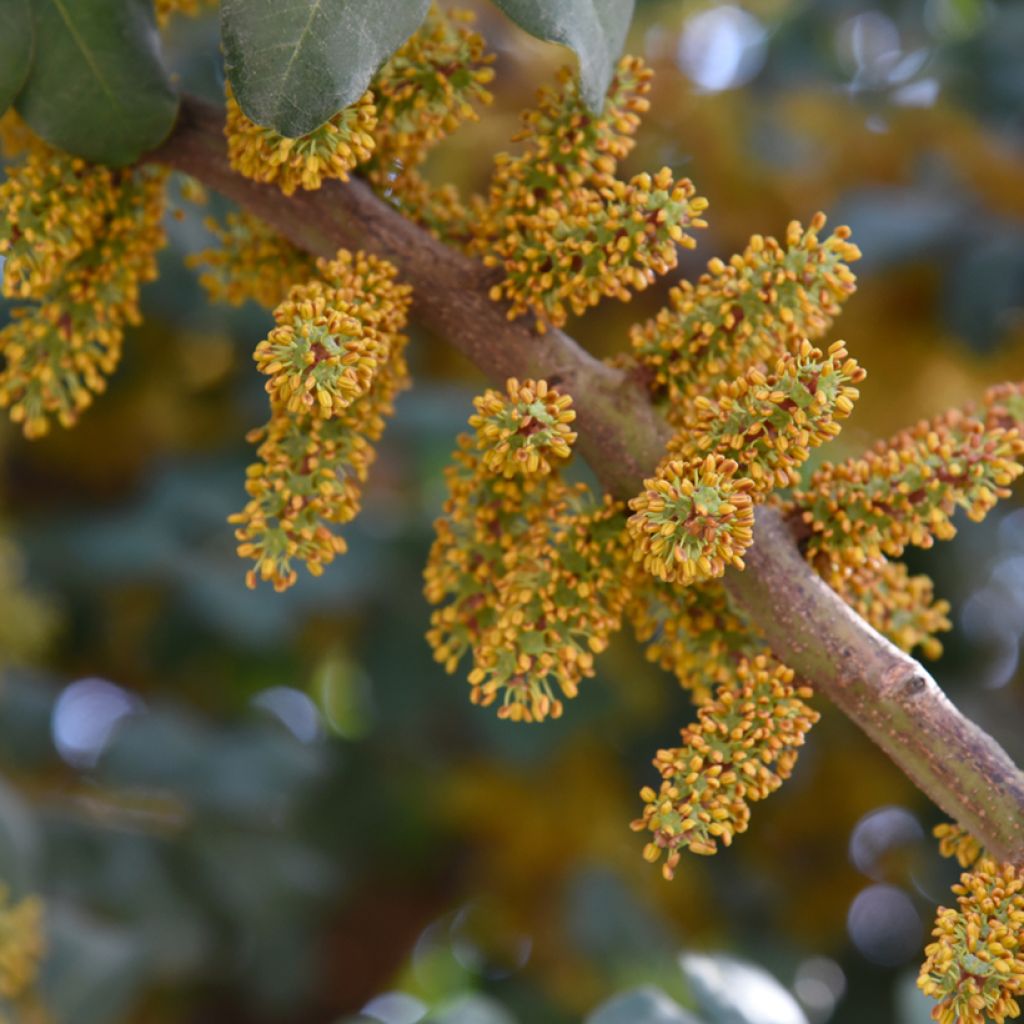

Ceratonia siliqua - Carob
Ceratonia siliqua - Carob
Ceratonia siliqua
Algoroba bean, Algorroba bean, Carob tree
Special offer!
Receive a €20 voucher for any order over €90 (excluding delivery costs, credit notes, and plastic-free options)!
1- Add your favorite plants to your cart.
2- Once you have reached €90, confirm your order (you can even choose the delivery date!).
3- As soon as your order is shipped, you will receive an email containing your voucher code, valid for 3 months (90 days).
Your voucher is unique and can only be used once, for any order with a minimum value of €20, excluding delivery costs.
Can be combined with other current offers, non-divisible and non-refundable.
Why not try an alternative variety in stock?
View all →This plant carries a 24 months recovery warranty
More information
We guarantee the quality of our plants for a full growing cycle, and will replace at our expense any plant that fails to recover under normal climatic and planting conditions.
Does this plant fit my garden?
Set up your Plantfit profile →
Description
The carob tree (Ceratonia siliqua) is a robust botanical treasure of Mediterranean countries. This massive tree, with its deep green evergreen foliage, is renowned for its sweet fruits, carob pods, used in cooking and animal feed. It can be planted to provide welcome shade in the hot, very dry gardens of the south, or as a standalone specimen for its authentic charm. Unaffected even by severe heat and drought, the carob tree has limited resistance to cold (-8°C at its lowest).
The carob tree (Ceratonia siliqua) is a fruit tree belonging to the Fabaceae family. Native to the eastern Mediterranean basin, this species thrives in a wide range of warm temperate regions around the world. It is naturally found in Southern European countries such as Spain, Portugal, Italy, and Greece, as well as in North Africa, particularly Morocco, Algeria, and Tunisia. It is also present in the Middle East, in countries like Israel, Lebanon, and Turkey. This globetrotter has also adapted to other warm regions, such as California, Mexico, and Australia. Suited to rocky terrain, arid slopes, and well-drained limestone soils, the carob tree is cultivated for its valuable sweet pods, for its decorative role, or to stabilise soils in dry areas. Ceratonia siliqua reaches a height of 5 to 10 m, depending on growing conditions. Its growth is rather slow, but it can live for several centuries. Some specimens of advanced age have been observed near Ragusa in Sicily. The carob tree's thick and twisted trunk is covered with brown, rough bark. Its crown is broad, almost rounded, and very dense. It can span 4 to 8 m in width. The evergreen leaves, measuring 12 to 30 cm, are composed of 3 to 5 pairs of ovate, leathery, wavy leaflets, dark green and glossy on the upper surface, paler underneath. The small, greenish flowers appear in oblong, upright clusters in the leaf axils. Flowering occurs from August to October, followed by fruiting from July to August the following year. The fruits, called carob pods, are pendulous, 12 to 20 cm long, thick and leathery, containing a sweet pulp and 12 to 16 ovoid, brown seeds. The carob pods are green when young and turn dark brown and slightly shiny at maturity. These pods contain a dense, sweet pulp, rich in natural sugars, as well as hard seeds, regularly arranged. The remarkably stable weight of these seeds is said to have served as a unit of measurement for early jewellers, later giving rise to the "carat".
Harvesting carob pods usually takes place between August and September, once the pods have fully ripened. Traditionally, it is done by hand, by shaking the branches or using poles to knock the fruits onto tarps spread on the ground. In cooking, carob is a versatile ingredient. The pulp is ground to produce a sweet flour used as a cocoa substitute or as a natural thickener in pastries, creams, and beverages. The seeds are rich in galactomannan and are used to make carob gum, a food additive used in the industry to stabilise dairy products, sauces, and ice creams. Carob is also prized in traditional recipes, such as syrups, jams, or sweets. Its mild flavour, similar to chocolate, and its nutrient content make carob a sought-after product.
In the garden: the carob tree is perfectly suited to Mediterranean climates, and it would be a shame to forgo such a beautiful shade tree if you have a large garden not too far from the Mediterranean Sea. If only for posterity! It can be planted as a standalone specimen and is also used in various dry, sunny landscaping schemes, particularly by the sea. It pairs perfectly with olive trees, holm oak, and fig trees.
Report an error about the product description
Ceratonia siliqua - Carob in pictures


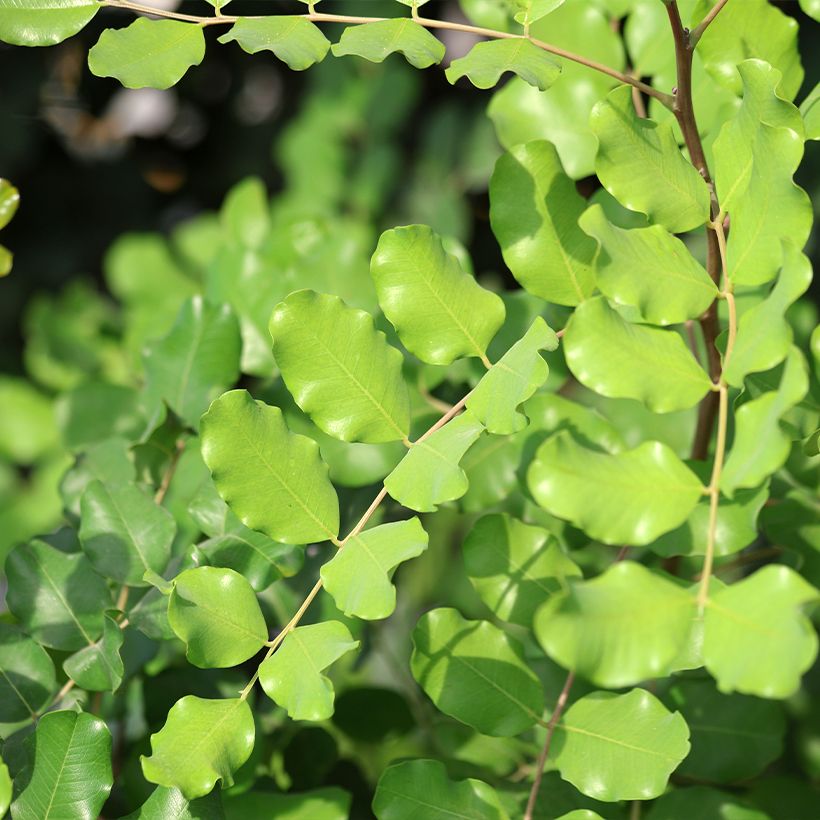

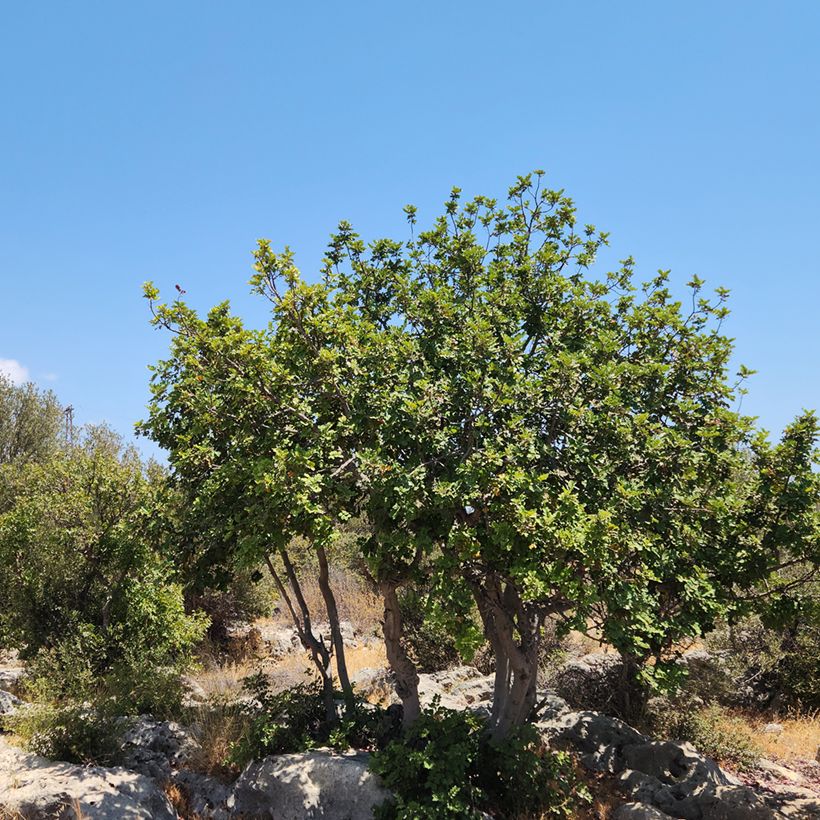



Plant habit
Flowering
Foliage
Botanical data
Ceratonia
siliqua
Fabaceae
Algoroba bean, Algorroba bean, Carob tree
Ceratonia coriacea
Southern Europe, Mediterranean, North Africa
Other Shrubs A to Z
View all →Planting and care
The carob tree (Ceratonia siliqua) is a frost-sensitive Mediterranean tree. Plant in autumn in a favourable climate, choosing a sunny and sheltered location away from cold winds. It is essential to prepare a wide and deep hole, as the carob tree develops an extensive root system, making any subsequent relocation difficult. The soil must be well-drained, with the carob tree tolerating various soil types, including poor and chalky soils, provided they are not waterlogged.
During the first few years after planting, regular watering is necessary, especially during dry periods, to ensure good establishment. Once well-rooted, the carob tree is highly drought-resistant. Maintenance only requires removing suckers appearing at the base of the tree, usually in winter, and providing protection against cold in borderline hardiness zones. It is also recommended to prune dead or obstructive branches to promote balanced growth.
The carob tree is rarely affected by diseases and parasites but is susceptible to excess moisture, which can lead to root rot issues.
Planting period
Intended location
Care
Planting & care advice
This item has not been reviewed yet - be the first to leave a review about it.
Similar products
Haven't found what you were looking for?
Hardiness is the lowest winter temperature a plant can endure without suffering serious damage or even dying. However, hardiness is affected by location (a sheltered area, such as a patio), protection (winter cover) and soil type (hardiness is improved by well-drained soil).

Photo Sharing Terms & Conditions
In order to encourage gardeners to interact and share their experiences, Promesse de fleurs offers various media enabling content to be uploaded onto its Site - in particular via the ‘Photo sharing’ module.
The User agrees to refrain from:
- Posting any content that is illegal, prejudicial, insulting, racist, inciteful to hatred, revisionist, contrary to public decency, that infringes on privacy or on the privacy rights of third parties, in particular the publicity rights of persons and goods, intellectual property rights, or the right to privacy.
- Submitting content on behalf of a third party;
- Impersonate the identity of a third party and/or publish any personal information about a third party;
In general, the User undertakes to refrain from any unethical behaviour.
All Content (in particular text, comments, files, images, photos, videos, creative works, etc.), which may be subject to property or intellectual property rights, image or other private rights, shall remain the property of the User, subject to the limited rights granted by the terms of the licence granted by Promesse de fleurs as stated below. Users are at liberty to publish or not to publish such Content on the Site, notably via the ‘Photo Sharing’ facility, and accept that this Content shall be made public and freely accessible, notably on the Internet.
Users further acknowledge, undertake to have ,and guarantee that they hold all necessary rights and permissions to publish such material on the Site, in particular with regard to the legislation in force pertaining to any privacy, property, intellectual property, image, or contractual rights, or rights of any other nature. By publishing such Content on the Site, Users acknowledge accepting full liability as publishers of the Content within the meaning of the law, and grant Promesse de fleurs, free of charge, an inclusive, worldwide licence for the said Content for the entire duration of its publication, including all reproduction, representation, up/downloading, displaying, performing, transmission, and storage rights.
Users also grant permission for their name to be linked to the Content and accept that this link may not always be made available.
By engaging in posting material, Users consent to their Content becoming automatically accessible on the Internet, in particular on other sites and/or blogs and/or web pages of the Promesse de fleurs site, including in particular social pages and the Promesse de fleurs catalogue.
Users may secure the removal of entrusted content free of charge by issuing a simple request via our contact form.
The flowering period indicated on our website applies to countries and regions located in USDA zone 8 (France, the United Kingdom, Ireland, the Netherlands, etc.)
It will vary according to where you live:
- In zones 9 to 10 (Italy, Spain, Greece, etc.), flowering will occur about 2 to 4 weeks earlier.
- In zones 6 to 7 (Germany, Poland, Slovenia, and lower mountainous regions), flowering will be delayed by 2 to 3 weeks.
- In zone 5 (Central Europe, Scandinavia), blooming will be delayed by 3 to 5 weeks.
In temperate climates, pruning of spring-flowering shrubs (forsythia, spireas, etc.) should be done just after flowering.
Pruning of summer-flowering shrubs (Indian Lilac, Perovskia, etc.) can be done in winter or spring.
In cold regions as well as with frost-sensitive plants, avoid pruning too early when severe frosts may still occur.
The planting period indicated on our website applies to countries and regions located in USDA zone 8 (France, United Kingdom, Ireland, Netherlands).
It will vary according to where you live:
- In Mediterranean zones (Marseille, Madrid, Milan, etc.), autumn and winter are the best planting periods.
- In continental zones (Strasbourg, Munich, Vienna, etc.), delay planting by 2 to 3 weeks in spring and bring it forward by 2 to 4 weeks in autumn.
- In mountainous regions (the Alps, Pyrenees, Carpathians, etc.), it is best to plant in late spring (May-June) or late summer (August-September).
The harvesting period indicated on our website applies to countries and regions in USDA zone 8 (France, England, Ireland, the Netherlands).
In colder areas (Scandinavia, Poland, Austria...) fruit and vegetable harvests are likely to be delayed by 3-4 weeks.
In warmer areas (Italy, Spain, Greece, etc.), harvesting will probably take place earlier, depending on weather conditions.
The sowing periods indicated on our website apply to countries and regions within USDA Zone 8 (France, UK, Ireland, Netherlands).
In colder areas (Scandinavia, Poland, Austria...), delay any outdoor sowing by 3-4 weeks, or sow under glass.
In warmer climes (Italy, Spain, Greece, etc.), bring outdoor sowing forward by a few weeks.






























